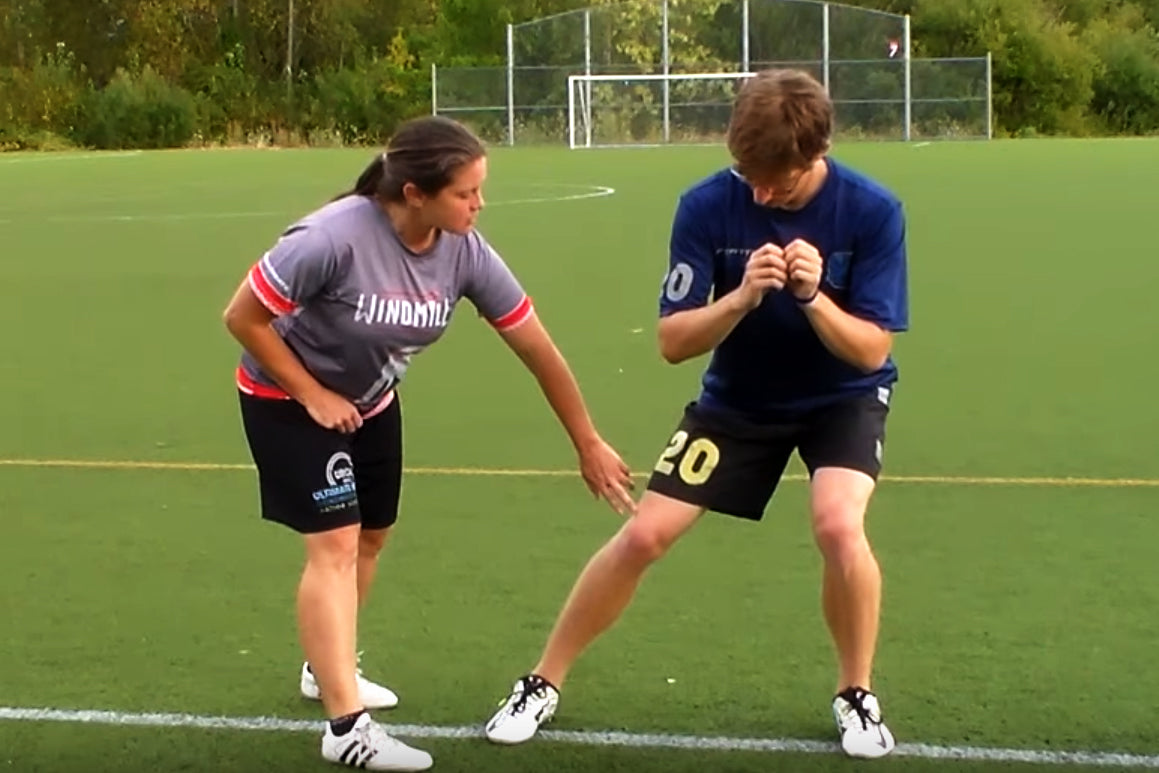Finding your perfect fitting cleat is not an easy task. Each foot is different, and most cleats are designed for other sports than Ultimate Frisbee.
Here are some tips to help you find the right pair: your next beloved game cleats!
Buying shoes in a store:
Comfort is critical in shoes, and each pair of feet is unique, so trying your shoes in person may be best. Follow these steps:
- Bring your own socks
- Choose immediate comfort: while shoes will deform over time, if parts are uncomfortable initially, try another model.
- Shop in the evening: feet swell throughout the day, so avoid shopping first thing in the morning.
- Test both feet: everyone has one foot larger than the other.
- Buy a shoe that gives you game-winning swag!
Buying online:
Buying shoes online can be tricky, as brands tend to have unique shapes. However, with more sites allowing returns, you can explore more specialized cleats:
- Chat with the seller for guidance. At TOKAY, you can reach out to Robin.
- Measure your feet first; for TOKAY, you can visit this page.
Studs shape:
Studies suggest that I-shaped studs may increase injury risk (especially under the heel). Look for cylinder-shaped studs for better safety and performance.

According to the type of shoes you’re buying:
Each type of cleat is made with specific sports needs in mind. Here’s a quick chart of pros and cons for each kind:
| Pros | Cons | |
| Soccer |
|
|
| American Football |
|
|
| Rugby |
|
|
| Lacrosse |
|
|
| Field Hockey |
|
|
For indoor practice, handball shoes offer a good alternative due to similar movement demands (short sprints and hard cuts).
Fit your feet:
Each foot differs in length, width, arch, and shape. Unfortunately, no brand currently offers various fits for the same cleat model (unlike brands such as Asics for running shoes).
Learn more about achieving the ideal fit for Ultimate in this article.
Depending on your finances:
Cleats are available for any budget, with some brands offering the same model in different quality ranges. Consider both material quality and product finishing:
For example, lower-priced cleats might use low-quality synthetic leather (less breathable, less durable) and simple outsoles, while higher-end options feature genuine leather, detailed outsole finishing, and cushioned insoles.
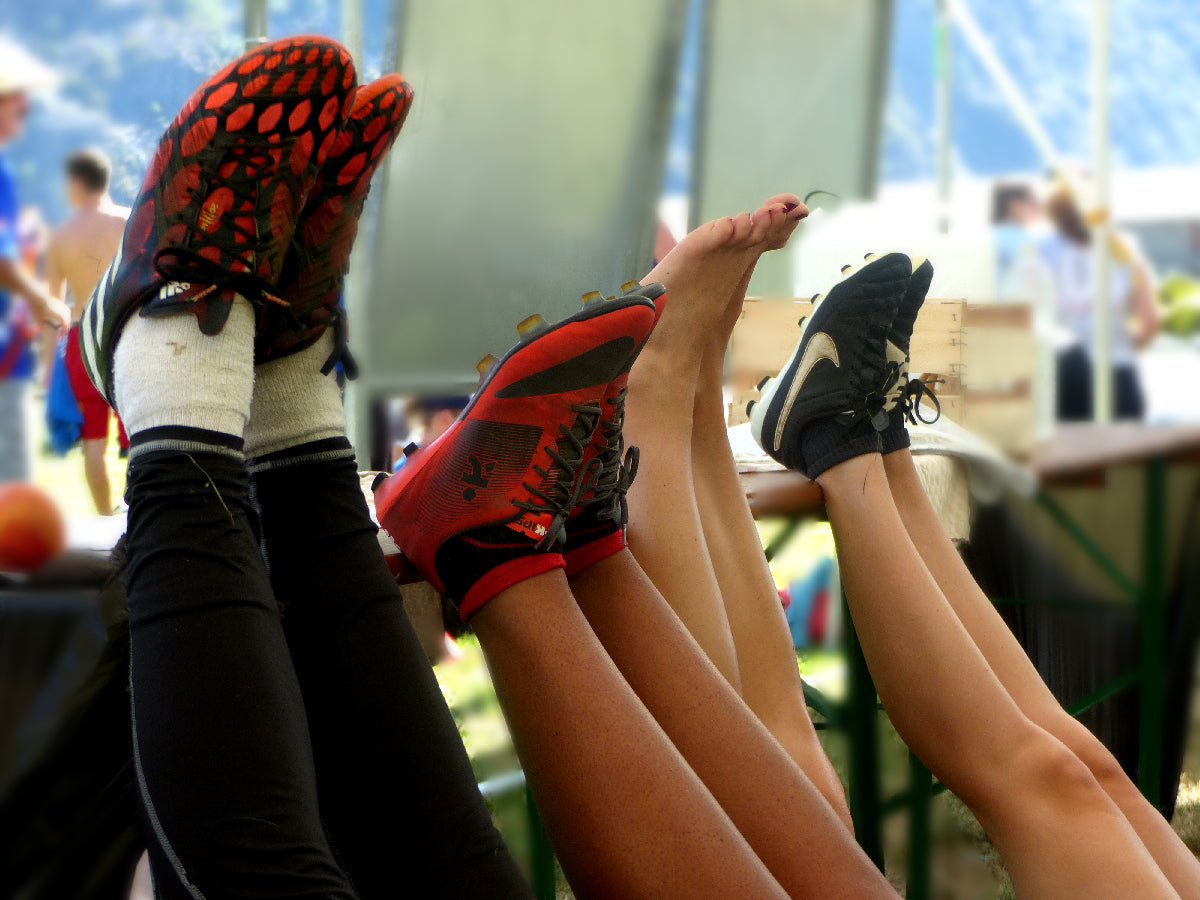
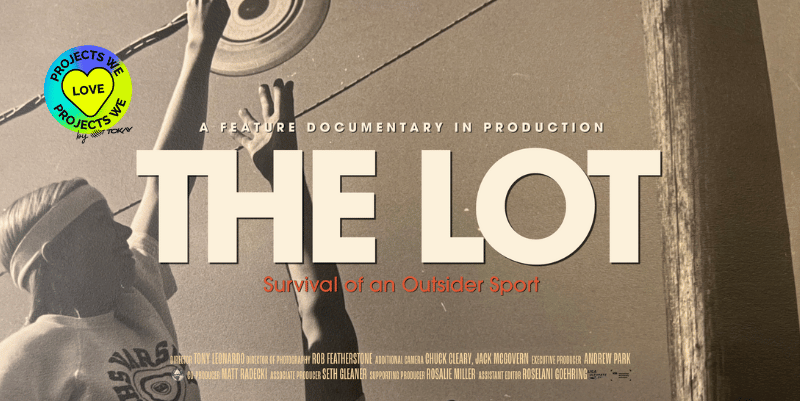
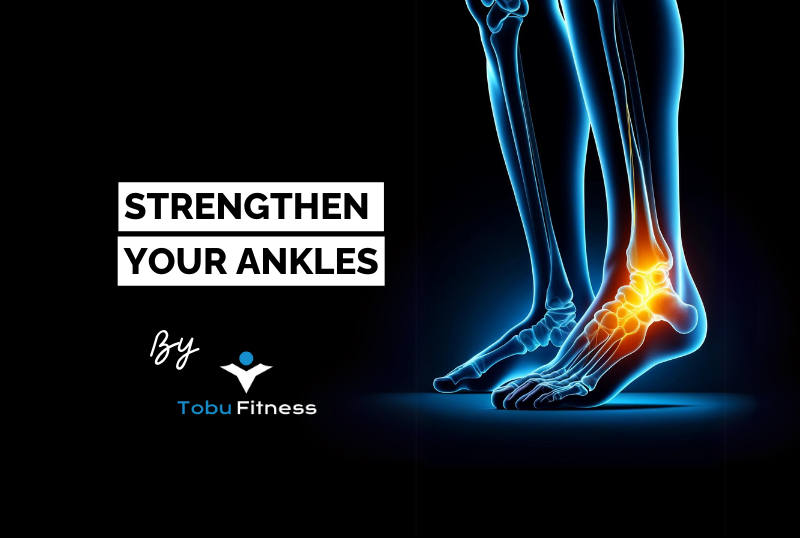
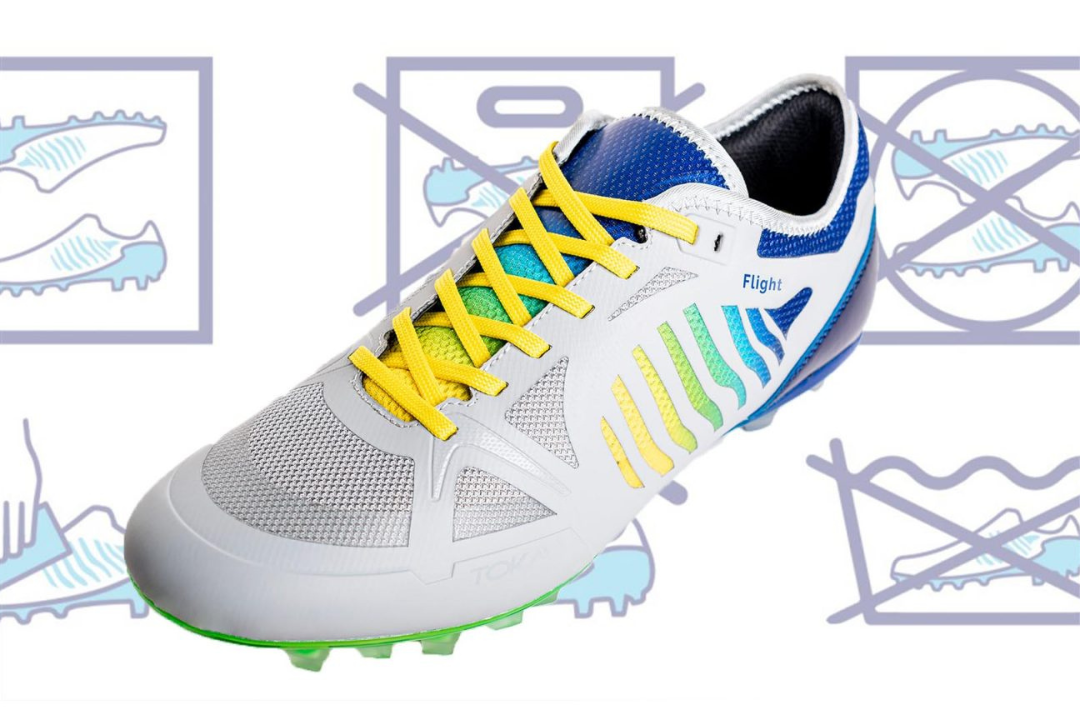
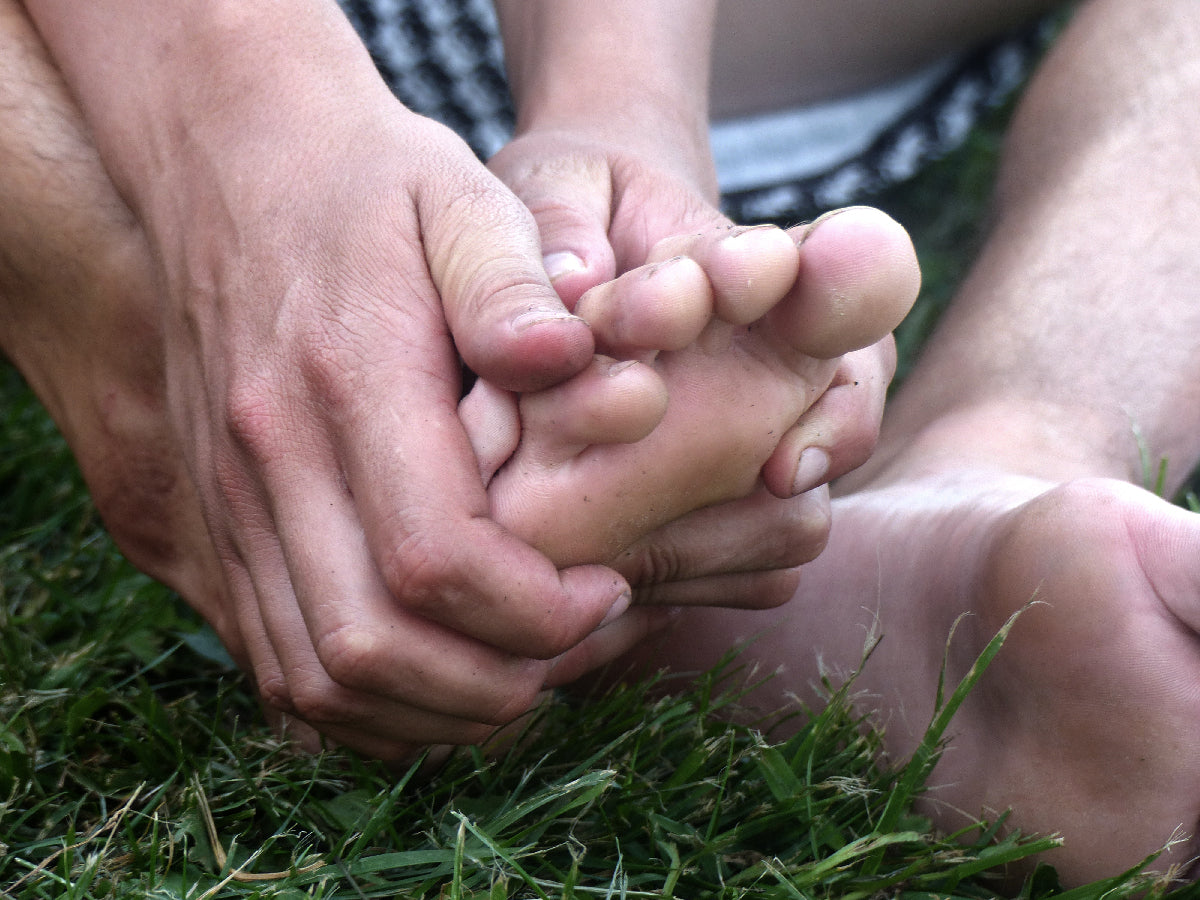
![[Interview] Ultimate feet injuries by chiropractor Amanda Moore](http://tokay-ultimate.com/cdn/shop/articles/amanda_moore.jpg?v=1730797747&width=1536)
